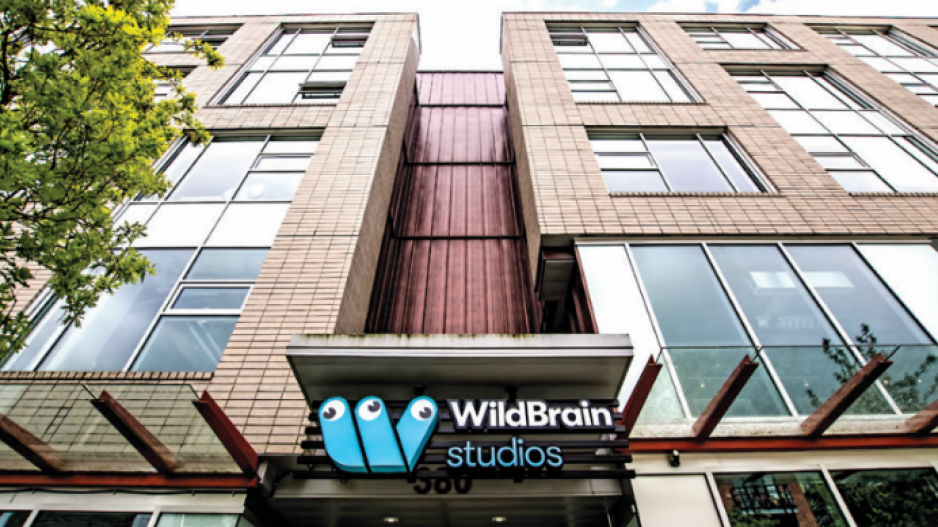Animation houses have been springing up in Vancouver in recent months much like Bugs Bunny emerging from rabbit holes during duck season.
Aussie animation house Animal Logic revealed last week it was doubling its Vancouver team to 600 workers to be based out of a new 110,000-square-foot studio in Mount Pleasant.
Meanwhile, Walt Disney Co. (NYSE:DIS) and British visual effects (VFX) giant Double Negative Ltd. (DNEG) also unveiled plans last summer to launch animation studios in the city. For Disney, the new Vancouver site marks the first time such a studio has been based outside of Los Angeles.
But it will be competing for talent against the likes of Sony Pictures Imageworks (Vancouver), which produced 2018’s Spider-Man: Into the Spider-Verse feature, and WildBrain Ltd. (TSX:WILD), known for the The Snoopy Show and Ninjago.
Both studios employ roughly 700 workers already.
“The industry has a high need for artists because of just pure demand for content,” said Kylie Ellis, vice-president of production at WildBrain, whose career in Vancouver’s animation ecosystem spans two decades.
“Right now is the busiest … I’ve [ever] seen it.”
Increasing pressure on the local talent pool is now turning more attention towards tapping underrepresented groups in the industry, such as women and racialized communities, to fill the gaps amid surging demand.
A 2021 benchmarking study of B.C.’s creative tech sector found that women make up between 20 and 25 per cent of the workforce within the broader industry.
The study, conducted by the DigiBC industry association, found that the animation sector fared better overall, with women making up 42 per cent of respondents’ company rosters.
B.C. employers are not permitted to ask questions regarding race or religion, leaving the picture murky regarding how much the sector reflects the province’s demographic makeup.
But nearly half of all employers acknowledged they could not say whether any of their workforce identified as Indigenous, “with two to five employees being the highest number of Indigenous workers among creative technology studios, fewer than 10 per cent found themselves in this category,” according to the study.
“If we don’t have the data, we don’t know what the situation is and what we need to improve,” said Loc Dao, executive director of the DigiBC.
“And in order for us to actually be able to have long-term change, we need supports – long term from the government – to collect this data.”
DigiBC will be asking membership to see if workers would voluntarily contribute to a database compiling equity, diversity and inclusion information so that the industry can get a more precise picture of its demographics. The data will be collected securely and the initiative will be vetted by lawyers, according to Dao.
The industry group is also embarking on a creative tech education-to-workforce strategy with the province based on four recommendations from last year’s benchmarking report.
Those include more support within post-secondary institutions for underrepresented groups, additional mentorship opportunities and facilitating new co-ops and internships.
DigiBC estimates that the creative tech sector, which includes VFX, animation and gaming, was hiring between 1,000 and 2,000 new workers per year during the pandemic. The creative tech sector is now turning to recently launched initiatives such as new micro-credentials programs from the province aimed at filling in skills gaps for recent grads, self-taught workers or those looking to reskill after working in other industries.
“We know that storytelling is better with diversity, and I think that’s something that I’m very, very hopeful to see,” Dao said.
Ellis, who chairs the Vancouver chapter of the Women In Animation (WIA) non-profit, said there has been progress made in the last few years in terms of evening out the number of women and men in the industry.
“We still have a long way to go,” she said. “We are underrepresented in the storytelling, in the business development, in creative leadership roles. But you can see there is definitely a growth and a support for the growth within our industry now.”
Next month WIA and Netflix Canada are hosting a Cartoons & Cocktails event at the Hollywood Theatre on Broadway, where participants of the Animation Career EXCELerator (ACE) program will be showcasing their animated short films, web series pilots or TV proof of concept.
“Credits in our industry are important,” said Ellis, noting one of the crucial parts of the ACE program is that it secures a key credit in participants’ featured works.
Ultimately, WIA is pushing for the industry to have an even split between genders by 2025, in part, through its own initiatives.
“In order to tell great stories, we need to have diverse stories,” Ellis said. “And I think the industry needs to reflect on its past in order to move forward in a positive and successful manner.” •.




